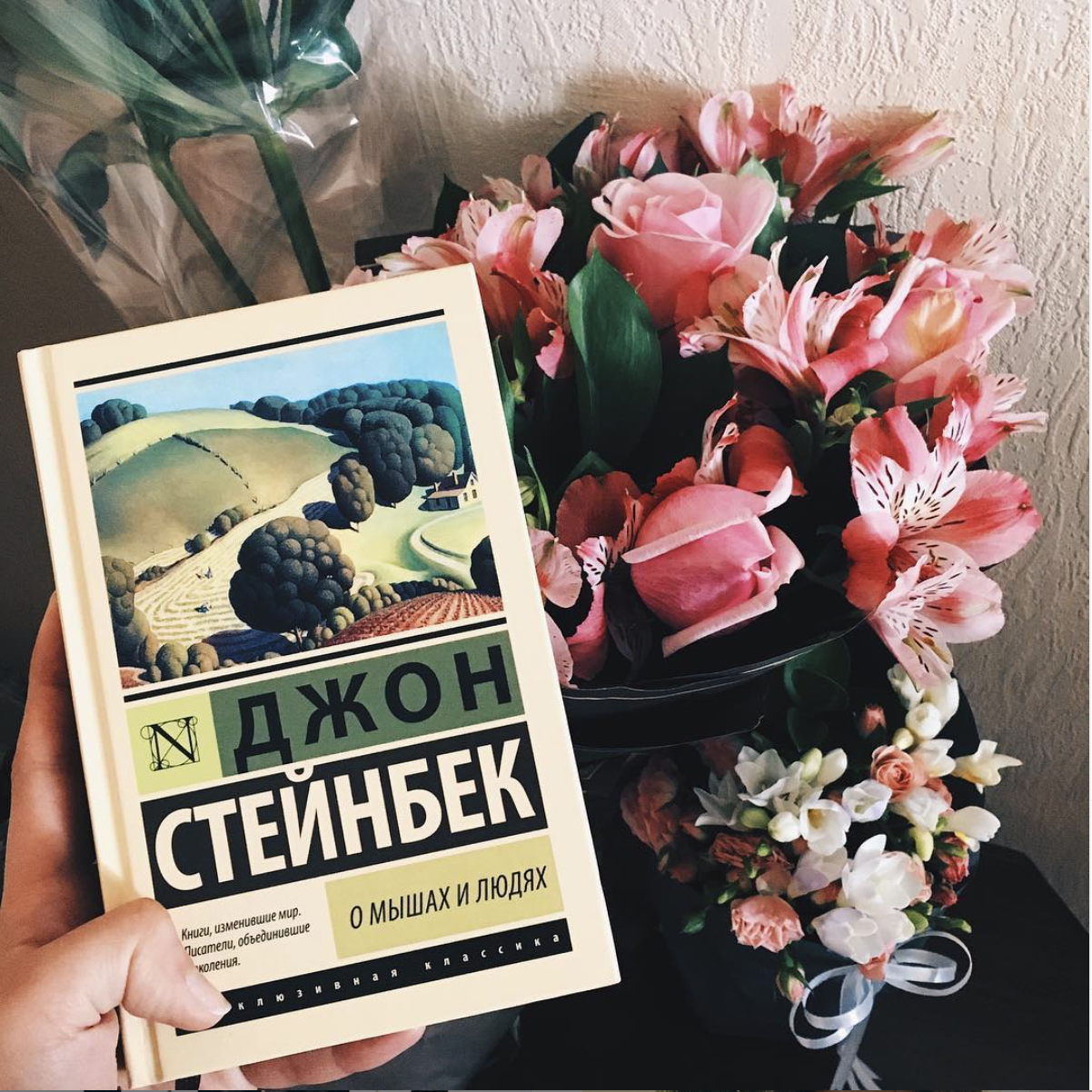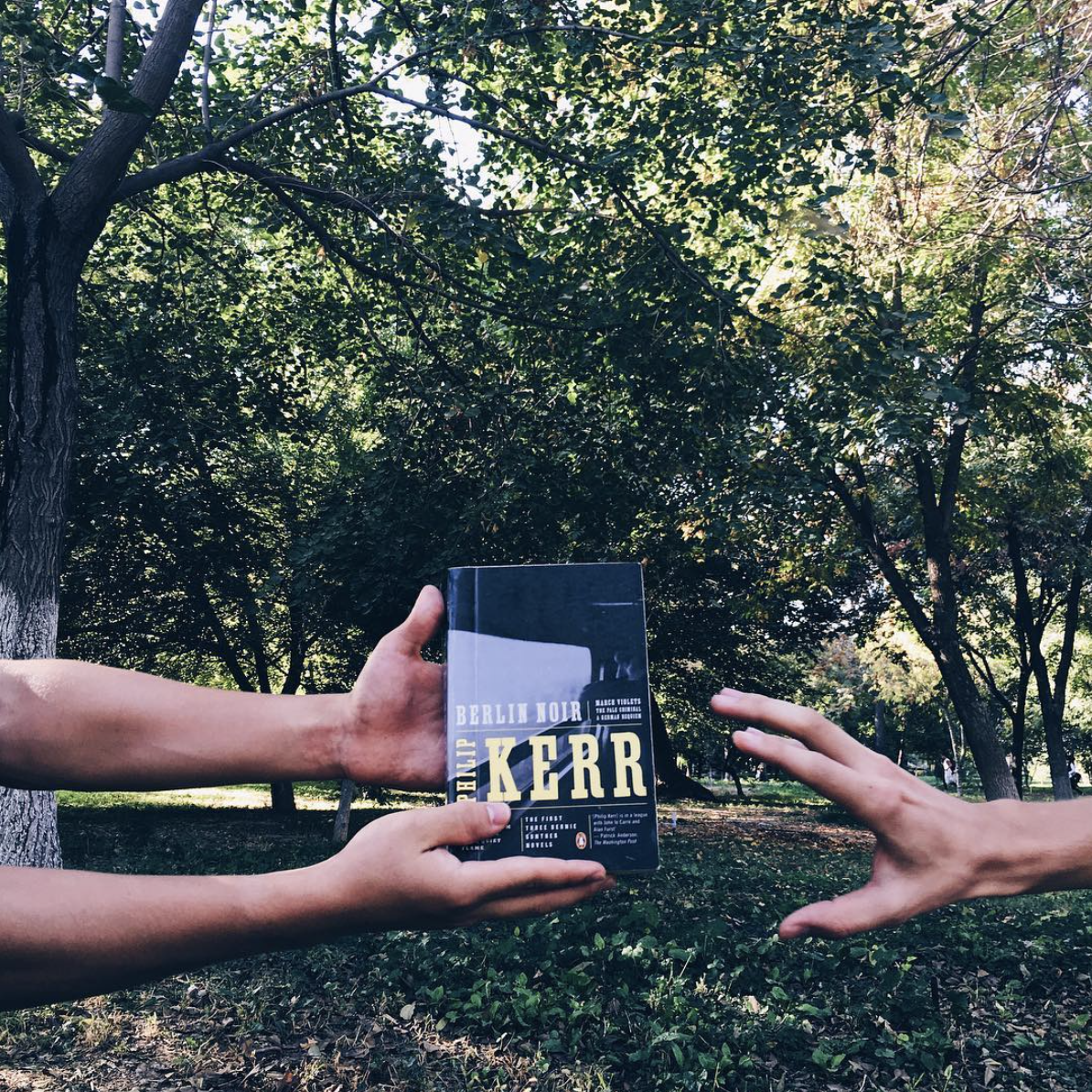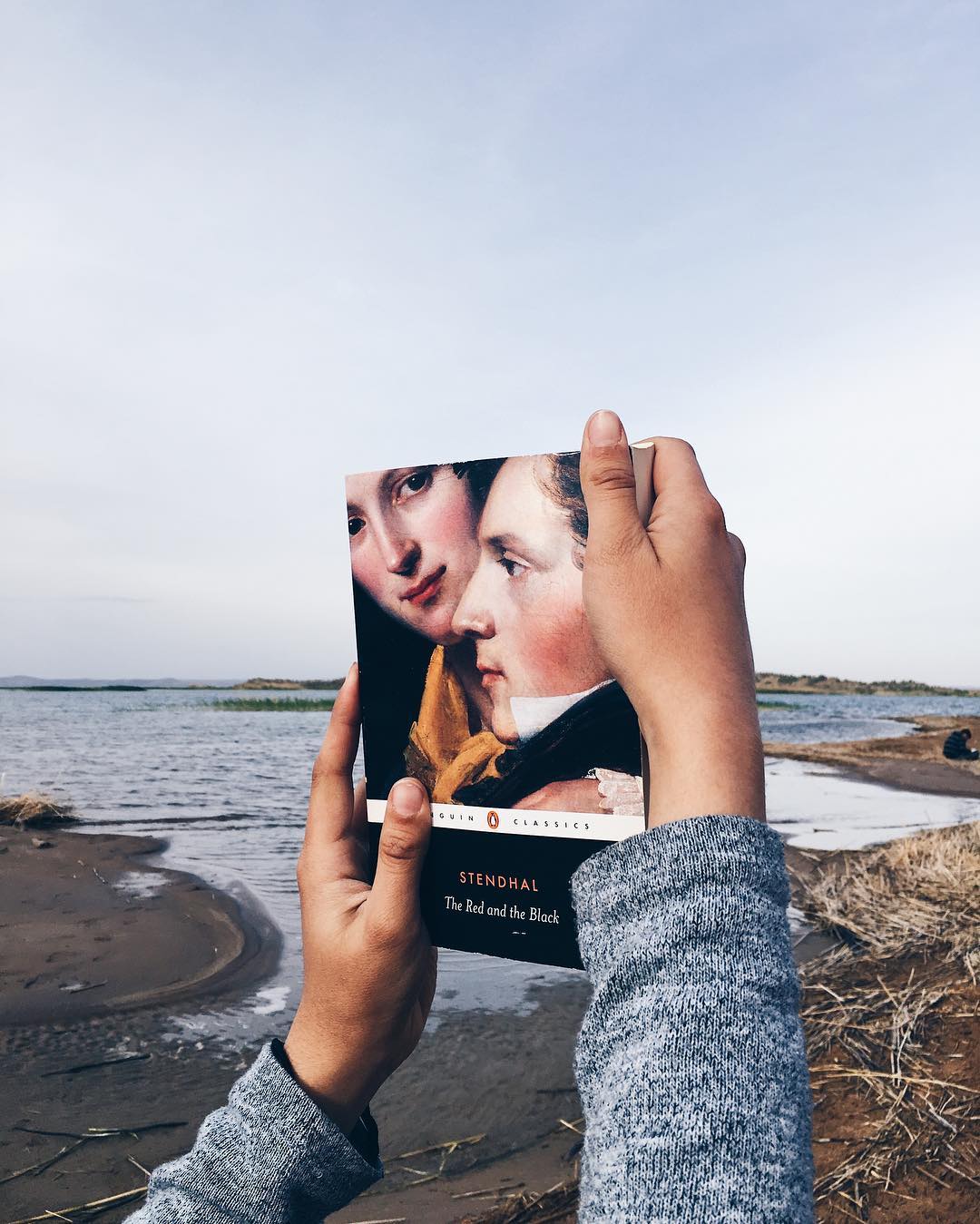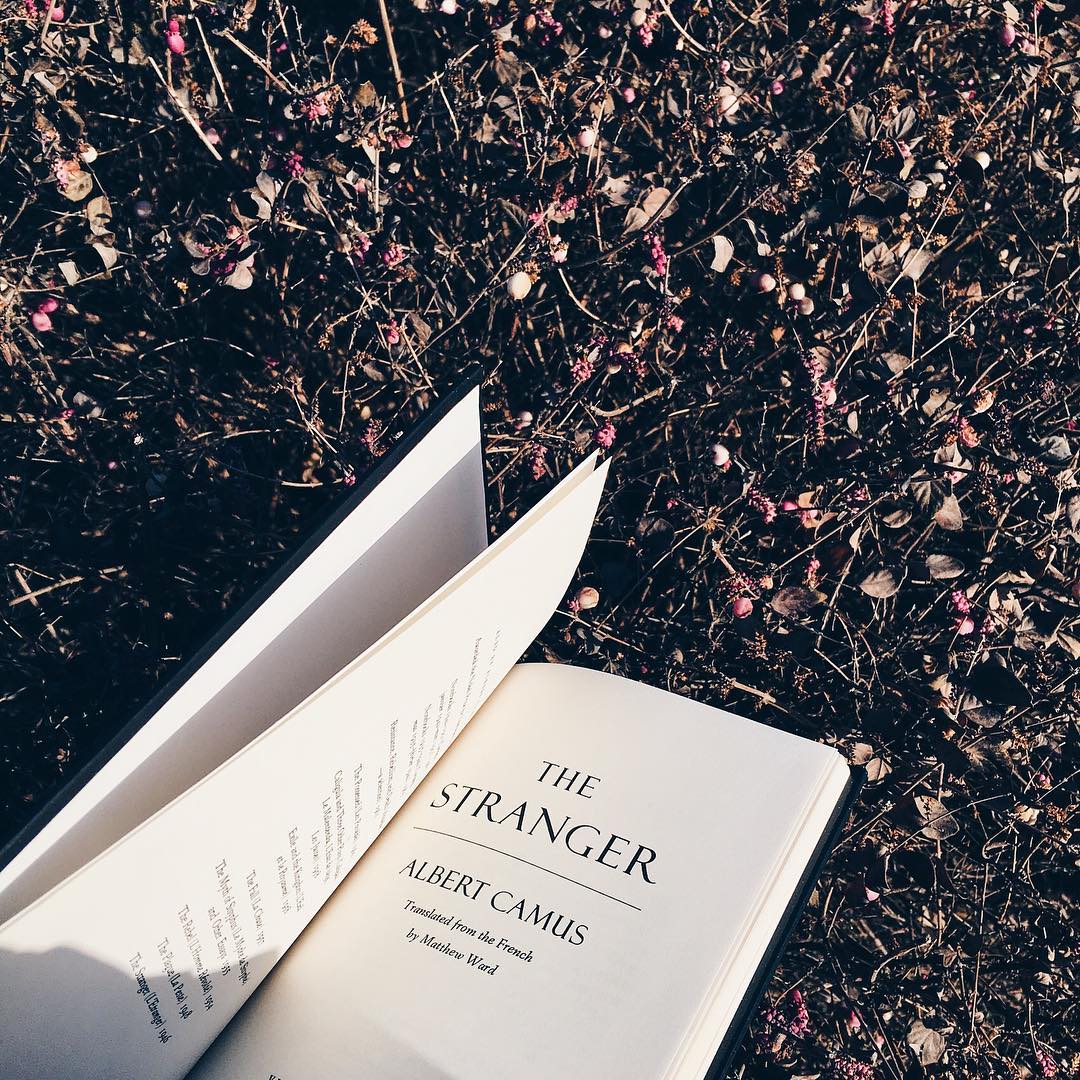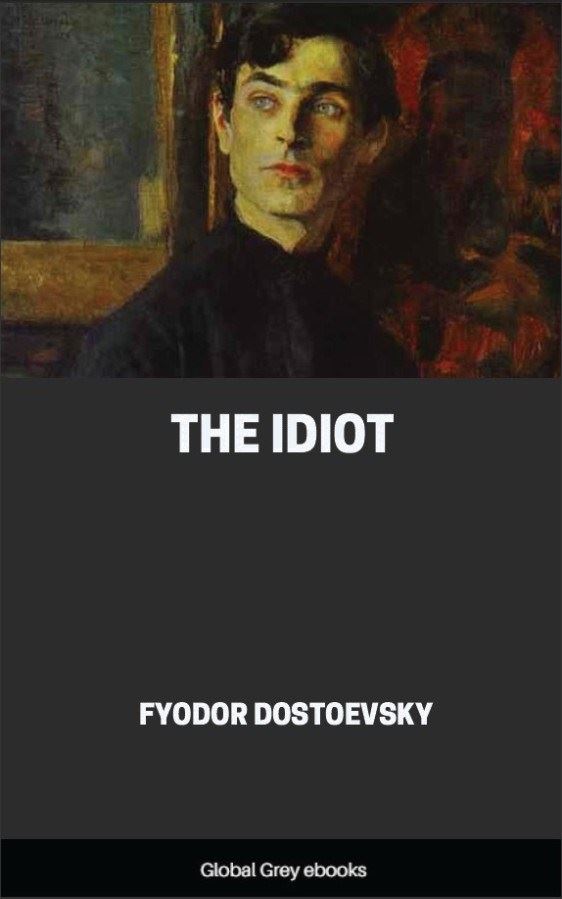
Reading “The Idiot” by Dostoyevsky felt like having a conversation with someone incredibly wise, big-hearted, and understanding. It consumed all my thoughts, and invited me to reflect and reconnect with my core values and beliefs. Why? Well, because the novel deals with the different sides of being a human: it is a story about the agonizing power of love, an inquiry into the philosophical dilemmas about the value of life and the role of religion, and a commentary on the Russian society of the XIX century (that still applies today…and not just to Russian society…).
In this novel, Dostoyevsky aimed to depict “a positively good and beautiful man” and our protagonist, Prince Myshkin, fulfills his role: he is young, inexperienced, naïve, credulous and kind. This is beyond the benefit-driven society’s understanding, so he is considered to be either an idiot or an actor. As he soon becomes to get exploited, they realize that he truly is an “idiot.”
At the same time, however, the Prince appears to be very wise in some matters. He recounts witnessing an execution, a moment when he realized that the true value of life is only understood when it is about to be taken away. In fact, several characters ponder over the question of how to live each moment of life to its true value, with Ippolit, a lethally ill boy, concluding that:
«If one is alive, he has everything in his power!»
At this point, I find it important to note that I do understand that Dostoyevsky’s seemingly exaggerated portrayal of reality, extreme changes in emotions, and somewhat feverish writing style might not be everyone’s cup of tea. But, in my opinion, his style illustrates his idea that
«Another’s soul is a mystery…My own soul is a mystery.»
Moreover, I do find this book to be more powerful than “Crime and Punishment” and I wonder why it’s not his most popular one – just read some of the quotes:
«Children are capable of giving advice in the most important matters.»
«And what beautiful things there are at every step […] Look at a child! Look at God’s sunrise! Look at the grass, how it grows! Look at the eyes that gaze at you and love you!…»



